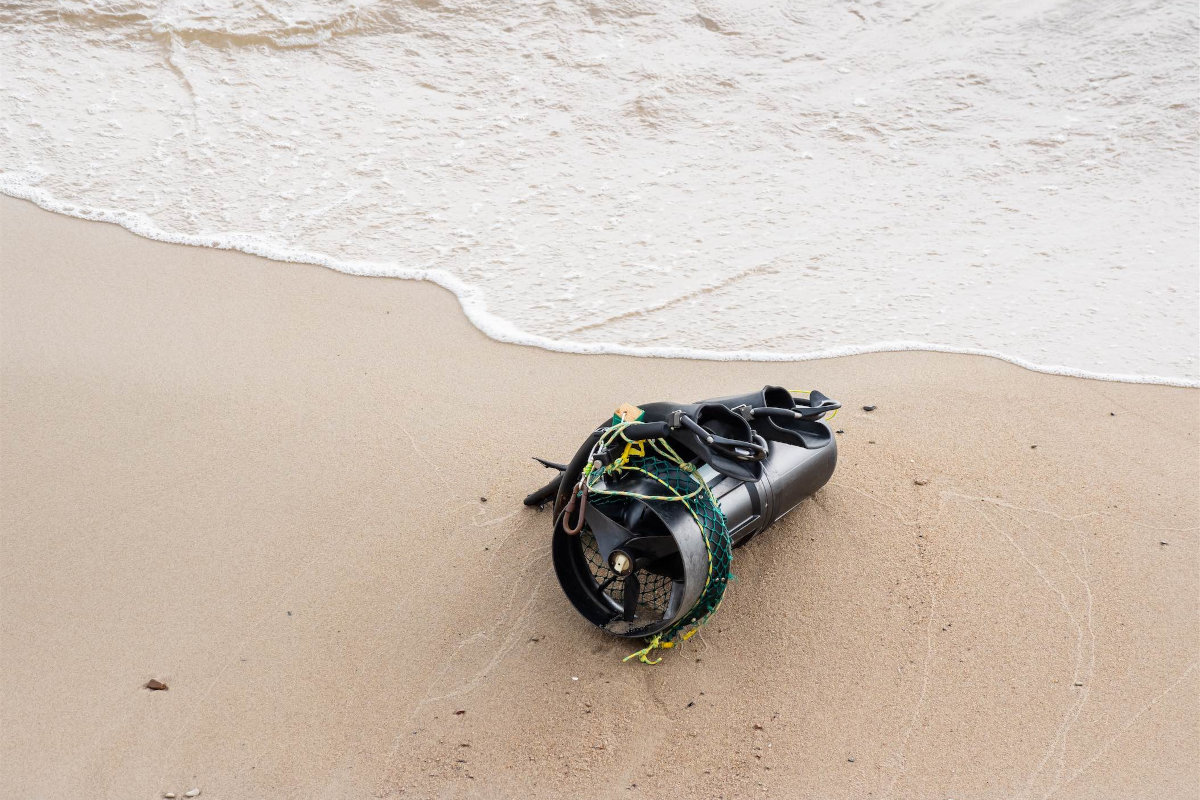Modern diving has evolved significantly, thanks to technological advancements that have made it safer, more accessible, and incredibly fascinating.
This comprehensive guide explores how technology has transformed diving, from equipment innovations to training techniques, and from safety measures to marine conservation.
Whether you are a novice or an experienced diver, understanding these technological advancements can enhance your diving experience and expand your underwater horizons.
Introduction to Modern Diving Technology
Modern diving has evolved significantly from its early days, largely due to the advent of advanced technology.
These technological advancements have made diving safer, more accessible, and infinitely more fascinating.
From the invention of the modern scuba apparatus by Jacques Cousteau and Emile Gagnan in the 1940s to the sophisticated equipment we use today, technology continues to enhance the diving experience.
Modern divers benefit from an array of advanced gear and digital tools that improve safety, communication, and exploration capabilities.
This transformation has not only expanded the possibilities for recreational diving but also opened new avenues for scientific research and marine conservation.
YOU CAN ALSO READ: Technical Diver: A Complete Guide to Equipment and Advanced Techniques
Innovations in diving equipment
The equipment used in diving has seen remarkable innovations, significantly enhancing the safety and experience of divers.
Modern regulators, which control the flow of air from the tank to the diver, are more reliable and efficient.
Buoyancy control devices (BCDs) have evolved to provide better control and comfort, allowing divers to maintain optimal buoyancy effortlessly.
Additionally, advancements in wetsuits and drysuits offer improved thermal protection, making it possible to dive in colder waters.
The development of rebreathers, which recycle exhaled air, has also been a game-changer, allowing for longer and deeper dives with less gas consumption.
The impact of technology on diving safety
Safety is paramount in diving, and technology has played a crucial role in enhancing diver safety.
Dive computers, for instance, have revolutionized dive planning and monitoring. These devices track dive depth, time, and ascent rates, helping divers avoid decompression sickness. Modern dive computers also come with features like digital compasses, air integration, and even heart rate monitors, providing comprehensive data to ensure safe dives.
Additionally, advancements in underwater communication devices allow divers to stay in contact with each other and with surface support teams, further enhancing safety during dives.
Technological advances in diving training
Diving training has been significantly improved by technology.
Virtual reality (VR) and augmented reality (AR) have made it possible for divers to practice skills in simulated environments before entering the water.
Online e-learning platforms offer theoretical knowledge that can be accessed anytime, anywhere, allowing for more flexible and comprehensive learning.
Training agencies now use digital tools to monitor student progress, provide instant feedback, and customize training programs to suit individual needs. These advancements ensure that divers are well-prepared and confident before they embark on actual dives.
Underwater communication systems
Effective communication underwater is critical for safety and coordination.
Traditional hand signals are still used, but technology has introduced advanced underwater communication systems.
These devices allow divers to speak with each other and with surface teams, making it easier to convey complex information and coordinate movements.
Full-face masks equipped with communication systems provide clear audio transmission, even in challenging underwater conditions.
These systems are particularly useful in technical diving, scientific research, and rescue operations, where precise communication is essential.
Dive computers and digital tools
Dive computers are indispensable tools for modern divers.
These devices provide real-time information on depth, dive time, ascent rates, and decompression limits.
Advanced models offer additional features like air integration, which monitors tank pressure and calculates remaining air time.
Digital dive logs allow divers to track and analyze their dive profiles, improving future dive planning. Some dive computers also include GPS and mapping functions, helping divers navigate and explore new dive sites with confidence.
The integration of digital tools enhances the overall diving experience and ensures safer dives.
Advances in underwater photography and videography
Underwater photography and videography have been transformed by technology, allowing divers to capture stunning images and videos of the underwater world.
Modern underwater cameras are equipped with high-resolution sensors, powerful lenses, and advanced image stabilization, producing professional-quality footage.
Waterproof housings and lighting systems enhance image quality in various conditions. Additionally, drone technology has introduced aerial perspectives, providing comprehensive documentation of dive sites.
These advancements have made it easier for divers to share their experiences, contribute to scientific research, and promote marine conservation through visual storytelling.
The role of technology in marine conservation
Technology plays a pivotal role in marine conservation efforts.
Advanced monitoring systems, such as underwater drones and remote sensing devices, provide valuable data on marine ecosystems.
These tools help scientists track changes in coral reefs, monitor fish populations, and detect illegal fishing activities. Data collected through technology aids in the development of effective conservation strategies and policies.
Furthermore, educational platforms and social media enable divers to raise awareness about marine conservation issues, fostering a global community dedicated to protecting our oceans.
The future of diving technology
The future of diving technology holds exciting possibilities.
Innovations in artificial intelligence (AI) and machine learning are expected to enhance dive planning and safety. AI algorithms can analyze dive data to predict potential risks and recommend optimal dive profiles.
Wearable technology, such as smart dive suits, will provide real-time biometric monitoring, improving diver health and performance.
Advances in materials science may lead to the development of more durable and efficient diving equipment. As technology continues to evolve, the boundaries of what is possible in diving will expand, offering new opportunities for exploration and discovery.
Why choose Pluto Dive for technologically advanced diving
Pluto Dive, located in the beautiful Playa del Carmen, Mexico, stands out as a premier choice for technologically advanced diving experiences.
They offer a range of state-of-the-art equipment and cutting-edge training programs designed to enhance safety and enjoyment.
Their experienced instructors are well-versed in the latest technological advancements, ensuring that divers receive the best possible training and support.
Pluto Dive’s commitment to innovation and excellence makes them the ideal partner for exploring the underwater world with confidence and excitement.
Expert guidance and training
At Pluto Dive, instructors are certified professionals with extensive experience in using advanced diving technology.
They offer personalized training programs that cover all aspects of modern diving, from basic skills to advanced techniques. This ensures that divers are well-prepared and confident to embark on their underwater adventures.
Unique diving locations
Pluto Dive takes advantage of the stunning dive sites around Playa del Carmen, including the famous Mexican cenotes.
These locations offer unique and breathtaking diving experiences, with opportunities to see rare and fascinating marine life.
The combination of beautiful dive sites and advanced technology ensures unforgettable adventures.
Personalized Diving Experiences
Pluto Dive is committed to providing personalized diving experiences tailored to your skill level and interests.
Whether you are a beginner or an experienced diver, their team will work with you to create a diving adventure that meets your needs and exceeds your expectations.
Their dedication to customer satisfaction ensures a high-quality diving experience.
YOU CAN ALSO READ: How to choose the right diving school: accreditation and more
Conclusion
Technology has profoundly transformed modern diving, enhancing safety, efficiency, and the overall diving experience.
From innovative equipment and training methods to advanced communication systems and underwater photography, technology continues to push the boundaries of what is possible in diving.
Pluto Dive, with its commitment to technological excellence and customer satisfaction, stands out as the best choice for divers seeking to explore the underwater world with confidence and excitement.
Whether you are a novice or an experienced diver, embracing the latest technological advancements can elevate your diving adventures to new heights.
Dive into the future with Pluto Dive and discover the endless possibilities that modern diving technology offers.



